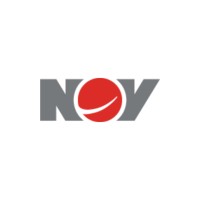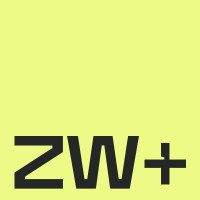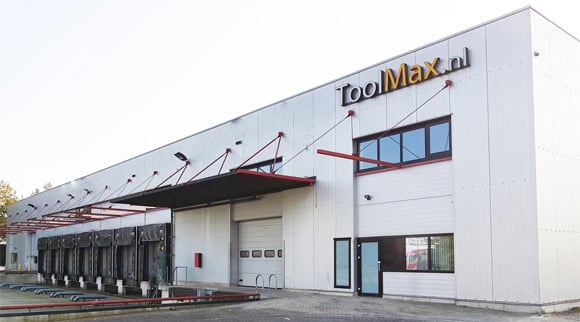Pages
Search the website
Jobs
Companies
Events
Construction & infrastructure in the Northern Netherlands
Due to the geographical position of the Netherlands, the country has always been at the forefront of innovative infrastructure projects. Whether that is to protect from flooding, making roads and rail-routes accessible, or the well-developed inland and sea ports.

The Dutch construction market is projected to grow at 5% annually and the Dutch national government maintains a large fund for infrastructure projects. Most infrastructure projects in the Netherlands (and specifically the North) are started by one level of government, or a national agency.

The Rijkswaterstaat- which is responsible for both waterways and roads, and tenders around €3 million per year in contracts. You can read more about their (local) projects here - for example, Rijkswaterstaat is updating many roads in the North in 2025-2026.
In the North, the Rijkwaterstaat’s main office is in the city of Leeuwarden, in Friesland. Rail links within the Netherlands are run by ProRail- a nationally-run agency. However, infrastructure projects that include the rail network are often run as public-private partnerships, such as the ‘C2C’ rail freight line that runs from Coevorden in the Province of Drenthe through to the industrial powerhouse of China’s east coast. Another big construction project is the new Groningen city station, expected to be ready for use in 2026.

Local initiatives
On a more local level, each of the provinces of Groningen, Friesland, and Drenthe offers a range of subsidies and tenders for public works projects. These are usually granted to locally-relevant projects.
Groningen: Strong focus on hydrogen infrastructure and digital construction practices
Drenthe: A subsidy initiative to improve the cycle paths and biking infrastructure in the Province.
Friesland: Provincial-level infrastructure plans with emphasis on water safety and connectivity
Across the Netherlands, companies that are involved in both construction and infrastructure are invited to become members of Bouwend Nederland, the sector organisation for the entire country. It has an office in the city of Groningen, and supports its members in terms of complying with safety and environmental regulations, moving to a more digital industry, making the construction industry more open; and planning for the future.
In the late 20th Century, the requirement for a digitised telecommunications infrastructure was pushed to the fore, and now the Netherlands has one of the highest rated connectivity networks in the world. Additionally, in recent years, the requirements of changing the Dutch economy and its use of energy and natural resources have created opportunities for enterprises within the field of hydrogen production and transport. Here you can find a roadmap for the development of the Dutch hydrogen market.












